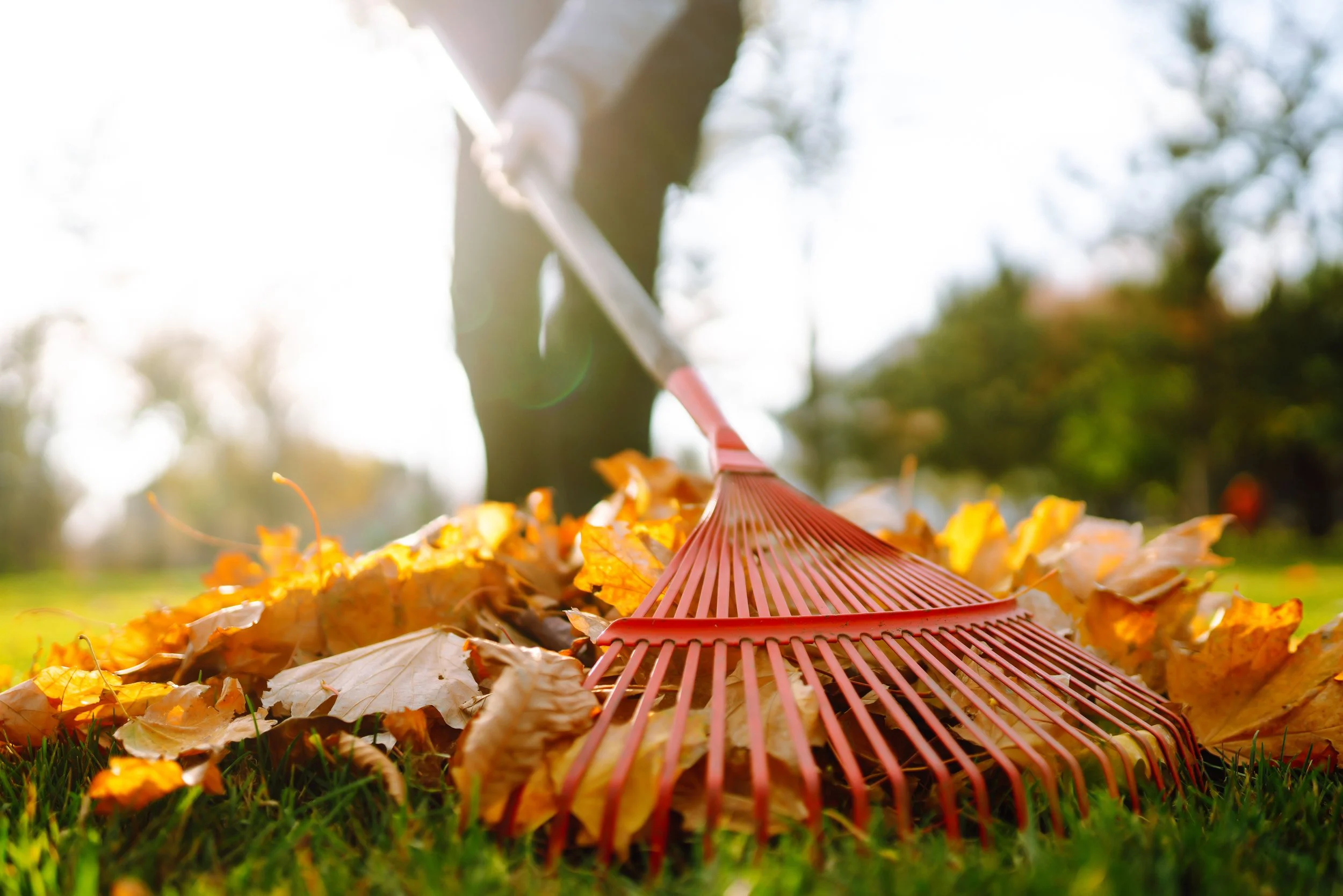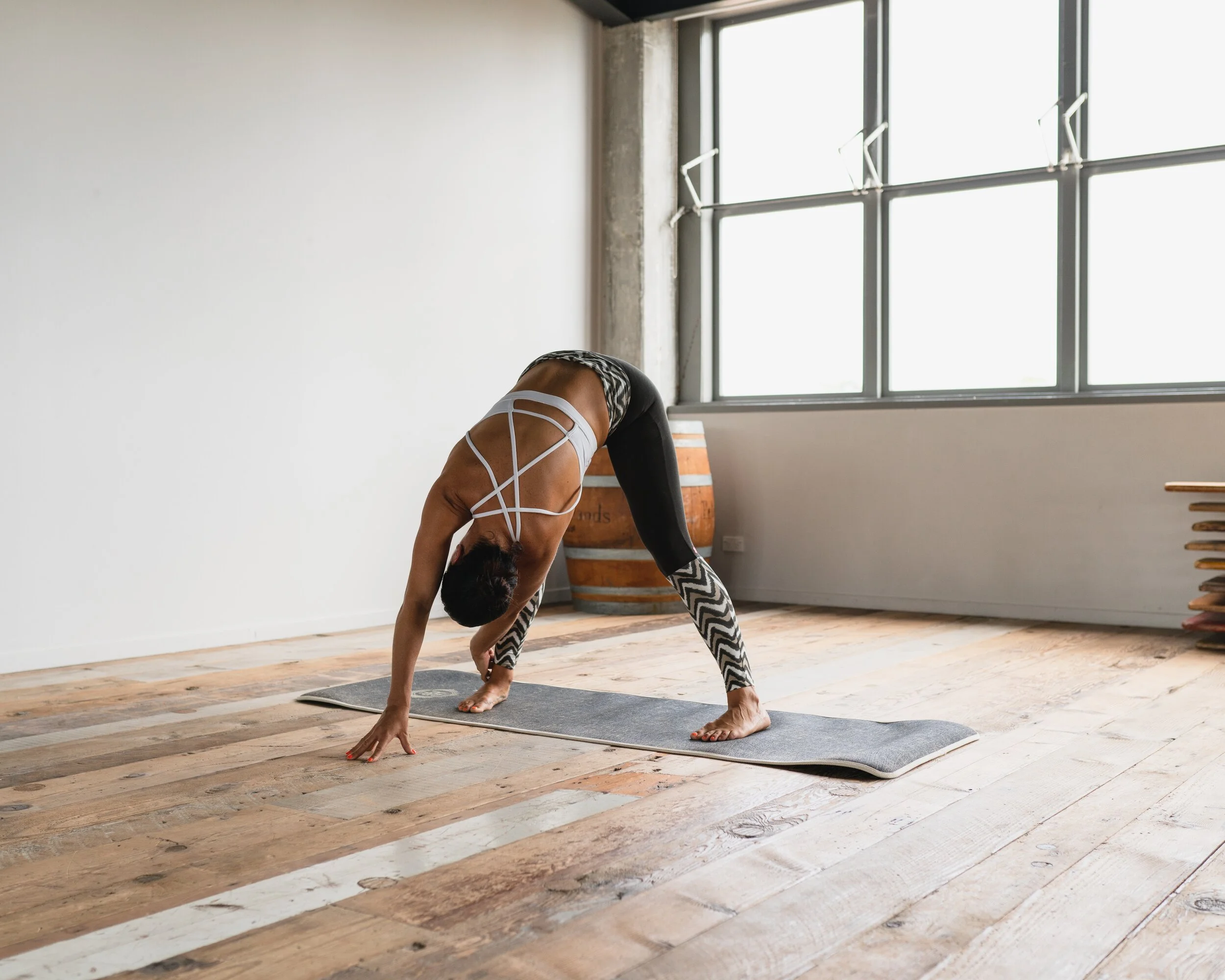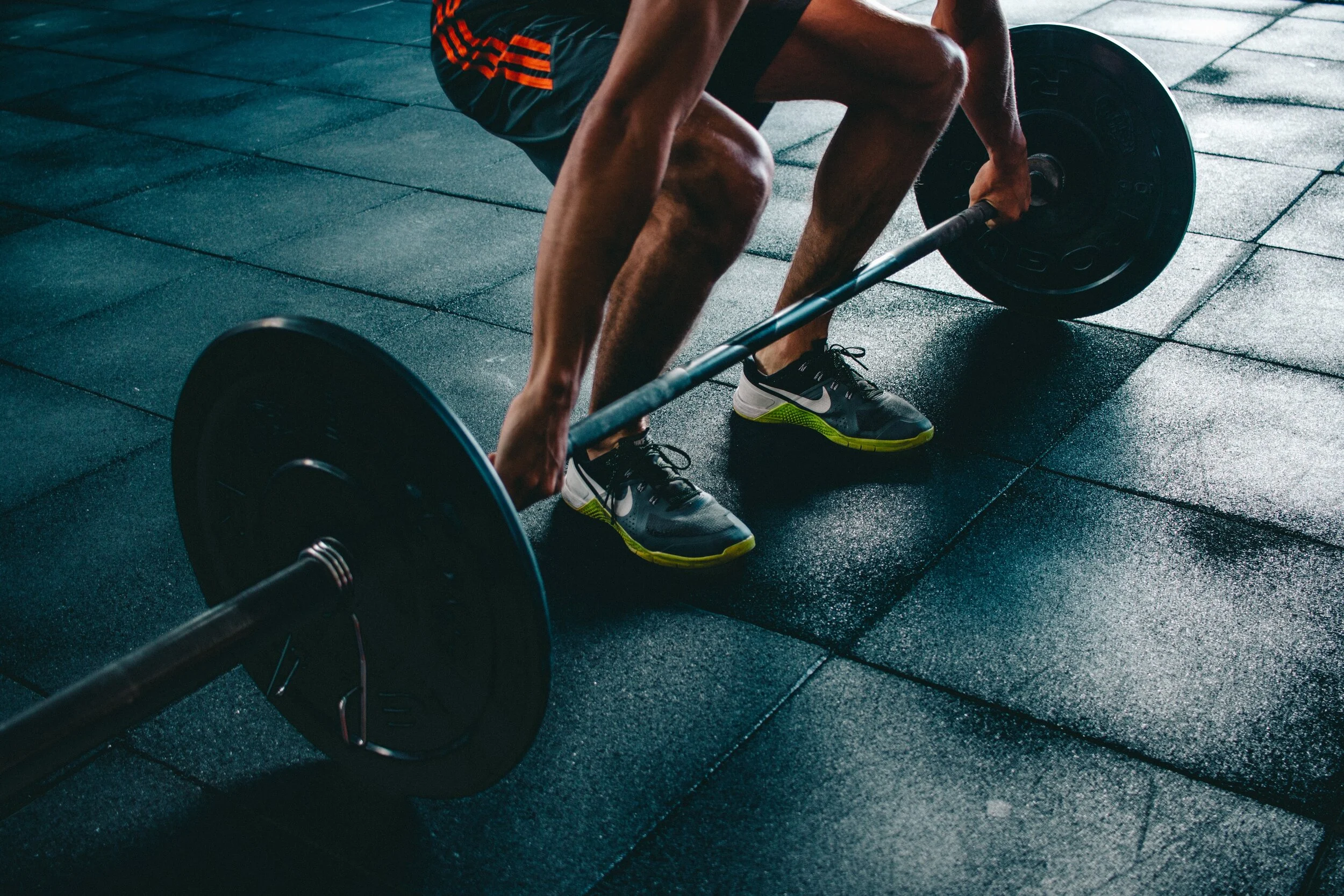Little League shoulder, also known as proximal humeral epiphysitis, is a common overuse injury that affects young baseball players, typically between the ages of 11 and 15. It is characterized by pain and discomfort in the shoulder joint, specifically in the upper arm bone (humerus) near the growth plate.
Little League Shoulder
Little League shoulder, also known as proximal humeral epiphysitis, is a common overuse injury that affects young baseball players, typically between the ages of 11 and 15. It is characterized by pain and discomfort in the shoulder joint, specifically in the upper arm bone (humerus) near the growth plate.
Little League Elbow
Chances are that you have heard the term Little League elbow. Most have encountered
it in the media, during youth playing days, or from their own children. As a medical
provider specializing in youth throwing and overhead athletes (baseball, softball, tennis,
etc.), I’d like to provide some clarity around something that is commonplace yet poorly
understood. This article answers the questions: What is Little League elbow? What
causes it? How do you treat it? How is it prevented?
What is a Deadlift?
Little League Elbow
Chances are that you have heard the term Little League elbow. Most have encountered
it in the media, during youth playing days, or from their own children. As a medical
provider specializing in youth throwing and overhead athletes (baseball, softball, tennis,
etc.), I’d like to provide some clarity around something that is commonplace yet poorly
understood. This article answers the questions: What is Little League elbow? What
causes it? How do you treat it? How is it prevented?
Why Do My Joints Pop?
What is a Squat?
What Is a Squat? A Physical Therapist’s Perspective
Are you a fitness fanatic? A weekend warrior who hits the gym once a week? Or are you someone who has never exercised before? Regardless of the answer, the reality is that you probably squat multiple times a day. Look no further if you have ever asked yourself: is squatting safe? Or Should I be squatting? The purpose of this blog is to provide you with an overview of what happens during a squat, how it is performed, and who should be doing it.
Why Is My Squat Having Trouble?
Is squatting difficult for you? Do you get low back pain with lifting, hiking, or just doing simple activities of daily living? Maybe you feel sore after sitting or driving? There could be a number of culprits here but it is likely that your hips are a major player in your problem. Hip flexibility is a very important component of any athletic training program and an even more important factor in living a comfortable and pain-free life.
Effectiveness of Stretching on Posterior Shoulder & Internal-Rotation
How Effective is Stretching
Article Review:
Effectiveness of Stretching on Posterior Shoulder Tightness and Glenohumeral Internal-Rotation Deficit: A Systematic Review of Randomized Controlled Trials (2017)
Posterior shoulder tightness is extremely common among the general population and even more common among athletes. This is one those problems that can often be ignored for some time but potentially leads to poor shoulder function and pain in the future. Upon testing, even in an asymptomatic population, most people lack full internal rotation range of motion of their dominant shoulder. Lacking internal rotation of the shoulder can lead to compensatory movements which in turn create muscle tightness in the upper back around the shoulder blade. Poor shoulder joint range of motion and frequent compensation can eventually lead to shoulder impingement, rotator cuff tears, and a whole variety of chronic shoulder conditions. For these reasons it is important to assess shoulder rotation and quickly improve it if the motion is restricted.
This systematic review published in 2017 by Koya Mine, Takashi Nakayama, Steve Milanese, and Karen Grimmer explores 10 randomized controlled trials to assess the effectiveness of stretching on improving shoulder range of motion. Most of the articles assessed baseball and softball players but they also included volleyball players, racquet sports players, and even non-athletes both with and without shoulder pain. Every study included in the review found a statistically significant effect of stretching to improve shoulder internal rotation range of motion. Multiple modes of stretching were analyzed in the trials and each stretch and had slightly varying degrees of effectiveness based on a variety of patient traits. One study found frequent shoulder stretching to be tremendously beneficial for maintaining shoulder strength and avoiding injury for baseball and softball pitchers. Several of the studies found no major difference between stretches and some found major statistical differences. But overwhelmingly among the studies, it was found that stretching the posterior shoulder joint with a cross body stretch improved shoulder joint range of motion and quality of motion (when the stretch was done properly with the coaching of a physical therapist). The authors of this paper found moderate to strong evidence to support immediate and short term effects of stretching on shoulder tightness and internal range of motion.
What does the research Say about stretching the shoulders?
There are several important takeaways from this systematic review:
#1 Range of motion restrictions are very common in the shoulder (especially the posterior shoulder capsule) and internal rotation is often limited.
#2 Poor range of motion in the shoulder can cause compensations and eventually tissue damage. These effects are often more noticeable and severe in overhead/throwing athletes.
#3 Stretching is an effective way to improve range of motion and in turn will allow for improved function over time and possible reduction of risk of future injury, especially for athletes.
So if you or someone you know is an athlete or just has stiffness in their back and shoulders, it is likely that a regular stretching routine would be highly valuable. The sooner you can address these issues, the easier and faster they are to improve. Physical therapists are excellent at assessing joint range and strength and creating individualized treatment plans to maximize your shoulder function and keep you moving at your best. Once you see a PT and get stretching you won’t believe how much better you will feel!
Stretching
Everyone knows that stretching is good for you, but most people are wrong in WHY they think it is good for you. As a PT and frequent gym-goer, I often hear that stretching is good because it helps lengthen the muscles. This is completely wrong. I think it is time to debunk some of the myths surrounding stretching. After reading this page, you will have a better understanding of what does and does not happen when you stretch. You might even be able to enlighten those around you in yoga class or at the gym.

















